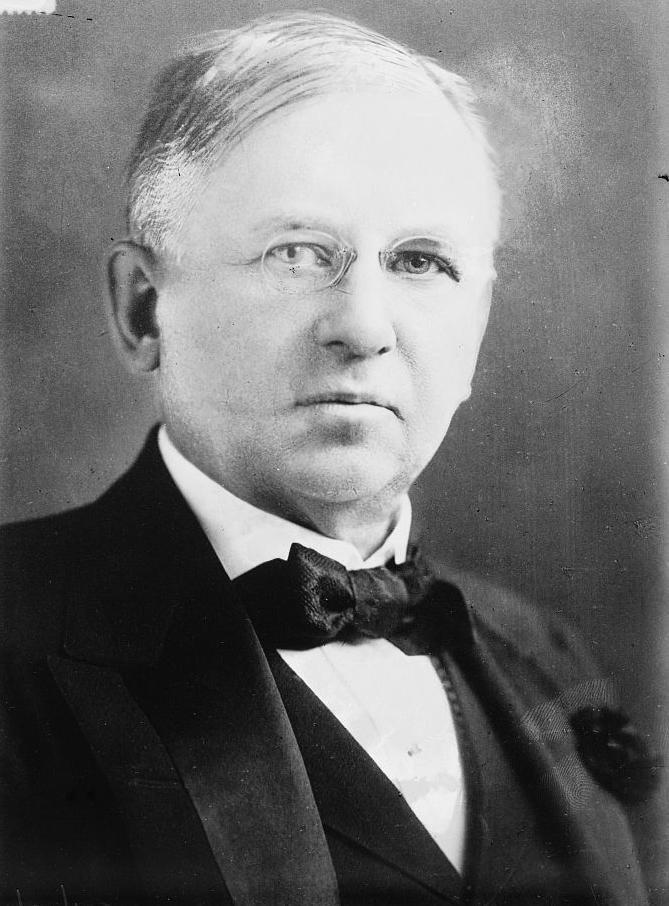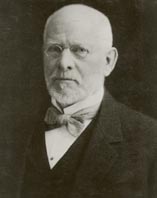One of the first department stores in the US was Wanamaker’s in Philadelphia, Pennsylvania, owned by John Wanamaker.

Mr. Wanamaker was profoundly religious and strictly scrupulous.
He invented the price tag because if all men were equal in the eyes of God, they should pay equally for goods. He also created the concept of the money-back guarantee, now a gold standard in business for quality control and customer satisfaction.
Wanamaker’s then-revolutionary principle: “One price and goods returnable.”
There weren’t a lot of advertising agents (copywriters today) Mr. Wanamaker was willing to hire. Most of them dealt in unscrupulous ad schemes and misleading copy.
Except for one. One who might have been even more ethical than Mr. Wanamaker himself.
That man was John Emory Powers. Widely considered the world’s first full-time copywriter, he was an innovative marketer.
John Powers’ theory was simple—truth and simplicity is the only path to success.
About a year or so into their working relationship, Wanamaker and Powers disagreed over a set of ads Powers wrote (his ads were text only, no graphics) that were “too honest.” He felt Powers was turning their agreement to be truthful into a joke.

One ad for neckties read:
“They’re not as good as they look, but they’re good enough—25 cents.”
Another ad read:
“The price is monstrous, but that’s none of our business.”
But just as Powers said they would, the neckties flew off the shelves.
During his tenure with Wanamaker, Powers’ copy helped propel sales from $4 million to $8 million. His ads doubled revenue in less than two years.
John Wanamaker was considered a pioneer in marketing and business. Not only did he demand truth in advertising, but he was the first retailer to take out a half-page ad in the paper and then a full-page (under the direction of Powers).
His net worth was estimated at just over $100 million when he died. Today that value would be closer to $2 billion.

